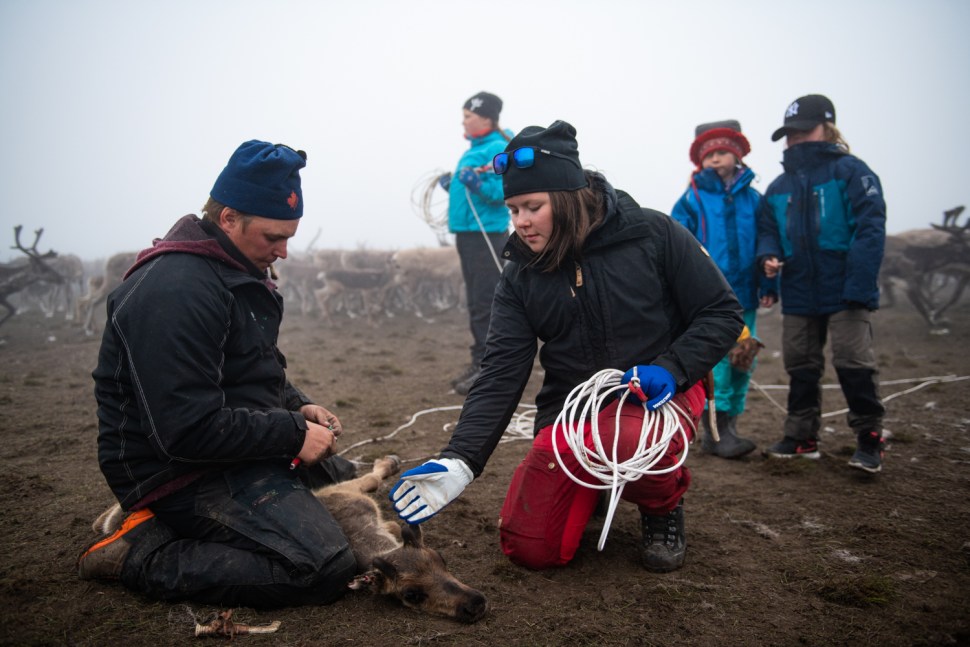Glaciologists, reindeer husbandry, ancestral pastures, shrinking peaks & the Swedish Arctic.
In a valley nestled within the Kebnekaise massif in the Swedish Arctic lies the seventy-five-year-old Tarfala research station, a satellite for glaciological, hydrological, meteorological, and climatological research directed by Gunhild “Ninis” Rosqvist, a physical geographer at Stockholm University. The area is surrounded by the largest and tallest glaciers in the Swedish Arctic and has been home to indigenous Sámi reindeer herders since the last ice age.
For Sámi reindeer herders like Niila Inga, whose community resides nearest the research station, adaptation has always been a way of life. But now, with the Arctic warming at more than twice the rate as the rest of the globe and its richness in natural resources and energy appealing to more and more developers, herders are running out of options for adapting to climate change and land development. Because pasture lands are disappearing and reindeer are losing access to food, Niila and many other Sámi reindeer herders are adding activism into their busy schedules, hoping that they can protect the land for future generations. In the Tarfala Valley, a ray of hope lies in the unlikely collaboration between Ninis and Niila.
In 2013, the two began working together toward the same goals, predicting the weather and monitoring the reindeer that make up an important part of the mountain’s ecosystem. When the animals can’t find food in their usual pasture, they either starve to death or migrate long distances that are fraught with land conflicts, as more mountainous terrain is being used for mining, resources, forestry and wind farms. Niila and Ninis set up weather stations in the area to provide real-time information to herders and began collecting GPS signals from the herds to see how a changing landscape and loss of access to food was affecting migration patterns and stress levels. The idea was to see if there were causal relationships between the weather and the reindeer’s movements, and how long-term trends in the climate affect reindeer husbandry. The results of their research would lead toward a path for creating sustainability initiatives in the Arctic and protecting a future for Sámi reindeer herding.


















Elisa Ferrari (@elisaferrariphoto) is an Argentine American visual storyteller based in Los Angeles. She is a National Geographic Explorer and a graduate from the University of California, Berkeley, and the University of Texas at Austin, where she studied liberal arts and ethnomusicology. Ferrari is an alumna of the Eddie Adams Workshop class of XXVII and a proud member of Authority Collective, Diversify Photo and Women Photograph. This project was supported by a National Geographic Explorer grant. This photo essay was a finalist in Nowhere’s 2021 Emerging Travel Photographers’ Prize. All photos © Elisa Ferrari


